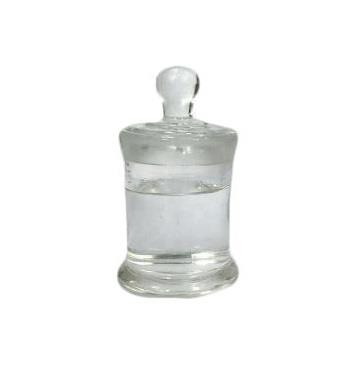Methyl ethyl ketoxime is a chemical compound often used as an anti-skinning agent or crust forming proof agent in various applications, primarily in the paint and coatings industry. Here's some information about methyl ethyl ketoxime and its role in preventing the formation of skin or crust in certain materials:
1. Chemical Structure:
Methyl ethyl ketoxime is a colorless or pale yellow liquid with the chemical formula C4H9NO. It is derived from ketones and belongs to the family of oximes.
2. Anti-Skinning Agent: Methyl ethyl ketoxime is primarily used as an anti-skinning agent in products like paints, varnishes, and coatings. When these products are exposed to air for extended periods, they can develop a skin or crust on the surface due to oxidation. Methyl ethyl ketoxime helps prevent this skin formation by reacting with oxygen and forming a protective barrier on the surface.
3. Oxygen Scavenging: Methyl ethyl ketoxime functions as an oxygen scavenger. It reacts with atmospheric oxygen to form stable oxime compounds, preventing oxygen from reaching the underlying material and causing oxidation. This process helps maintain the quality and shelf life of products that are prone to skinning or degradation upon exposure to air.
4. Compatibility: Methyl ethyl ketoxime is compatible with a wide range of solvent-based and water-based coatings. It is often added to these formulations in small quantities to provide the desired anti-skinning effect.
5. Safety Considerations: While methyl ethyl ketoxime is generally considered safe when used as intended, like many chemicals, it should be handled with care. Users should follow safety guidelines, including wearing appropriate personal protective equipment and ensuring proper ventilation when working with this substance.
6. Regulatory Compliance: Manufacturers and users of products containing methyl ethyl ketoxime should be aware of local and international regulations governing its use and handling, including labeling, storage, and disposal requirements.






